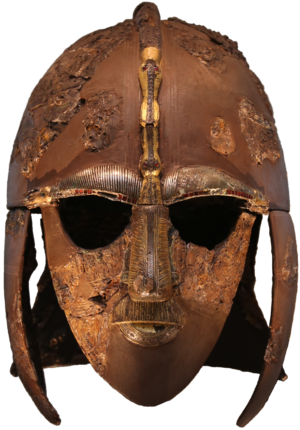I have to admit it. We cheated. But only a little bit.
We got a ride from the kind man at the B&B in Lynmouth to take us part way to Combe Martin. He dropped us off on the Coast Path a little past Hunter's Inn.
It was a misty morning as we struck out over the high ground on Holdstone Down. This is the best place to view the highest sea cliffs in England, but this time the mist obscured our view of the sea.
It is also the place where Jesus landed in a spaceship, which makes Holdstone Down a holy mountain charged with cosmic energy, according to
The Aetherius Society. Want to know more? Go to their web site.
 |
| Into the mist but didn't feel any cosmic energy |
The weather was dry and not too cold, just right for walking.
My boots got a good workout.
 |
| T coming down the steps leading to Sherrycombe Water |
After coming down a very steep slope to Sherrycombe Water, we were faced with an even steeper climb up the other side to Great Hangman. This little stream leads to a spectacular waterfall, which it is said was used by the crew of a German U-boat to replenish their fresh water supply during WWII.
 |
Looking back on the path down to Sherrycombe from
halfway up the other side. Click to enlarge.... see the hikers? |
Here we attained our highest elevation, and the highest sea cliff in England..... 1043 feet (318m) on Great Hangman as it is named on the maps, but we always called it Big Hangman when I lived here. Yes, this area is where I was born and brought up. This was a homecoming for me.
 |
| The stone cairn on Big Hangman. |
Local tradition says that if you climb Big Hangman, you should carry a stone all the way up, and put it on the cairn, and make a wish. I knew it as "the fairies letterbox". Did I carry a stone all the way up? Of course I did. And will I tell you my wish? Definitely not! It's a secret between me and the fairies.
 |
| OK, it's not very big, but even little stones can work magic with the fairies. |
As we walked towards Little Hangman, the mist began to clear, and the sun broke through the low clouds.
 |
Looking towards Watermouth Harbour through the mist.
(Is it only me, or does this look like a giant green alligator?) |
The first time I climbed Little Hangman with my dad I was three years old. A few years have passed since then.
Legend says that the hills of
Little Hangman and Big Hangman get their names from a thief who stole a sheep and tied it around his neck while he rested. The sheep fell over the cliff, with predictable disastrous results for the thief. Be warned. Crime doesn't pay.
 |
| Little Hangman - the previous picture was taken at the very top. |
 |
| Looking over Combe Martin harbour from Hangman Path |
It was an easy downhill trek into the village of Combe Martin. This is where I was born and spent my younger years. The grey roof in the foreground is the house I grew up in, although so much changed to be unrecognisable now.
We peeked through the hedge to spy on the property where I lived and my cousins spent their summers.
My dad's immaculate strawberry fields and tidy vegetable gardens are weedy and overgrown. The gateposts are crumbling. The apple trees and the currant bushes are gone. I think I prefer to remember it as it was when I was little.
The Adventure continues.....
For more about my trip to England and the South West Coast Path, scroll down to see the next two posts.
If you have done this section of the Coast Walk, please leave me a comment and tell me about it!

























































